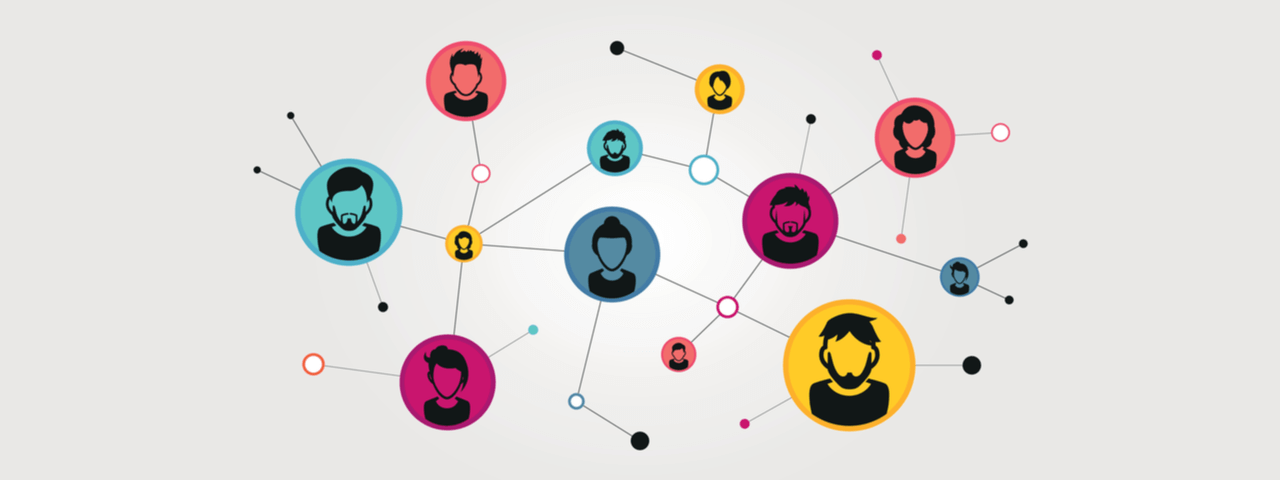Published Sep 8, 2021. Updated May 30, 2023.
At present, upwards of 65% of employees are looking for new positions. In fairness, a large number of those job seekers may have done so earlier were it not for wanting pandemic security and most companies implementing a hiring freeze. However, with the job market re-opening and many employees feeling empowered after working from home so long, we are at the brink of experiencing mass attrition.
Why should you care about employee attrition?
Losing an employee can cost an organization 1.5-2 times the employee’s salary. The cost can go up even further for executive managerial roles. Add that to the time lost in onboarding a new employee and imparting product knowledge which can take weeks or months in some cases.
The story doesn’t end here. The damage caused to the remaining team due to employee attrition is even bigger since the current team members are required to take on additional responsibilities. This results in postponing the current projects to future dates. Another factor to note is that employees hold invaluable corporate memory as they grow in their careers, and employers don’t want to lose that knowledge and talent.
The negative effects surrounding attrition can be lessened if organizations can predict employee turnover before it happens. Modern analysis into corporate communications—emails, IMs, and collaboration platforms—can uncover the patterns of departing employees, allowing organizations to mitigate the fallout before it is too late.
Communication and network analysis
By analyzing communications, we can learn a lot about the state of employees. Business Analytics into employee networks—who talks to whom, about what, and how often—can reveal a host of information, from identifying subject matter experts and top performers to even predicting employee turnover.
Specifically, network analysis investigates the content and metadata created each time employees collaborate. Metadata can map out a living organizational chart, devoid of rigid hierarchies, to see how employees interact. There is also depth to these networks, as not all connections are made equal; to assess the strength of each connection, network analysis looks at the frequency and duration of communications. Content analysis adds further color by depicting what they are talking about and the sentiment behind their words. Combined, these metrics provide an accurate picture of the workforce and its opinions.
How to predict employee attrition with network analysis
Looking specifically at employee attrition, just as no one ends up in the middle of the beach without leaving a trail of footsteps, no employee resigns without hinting at their departure. Since network analysis tends to be an ongoing project, it is easy to note differences over time as all employees have a baseline with which to compare. Notably, network analysis reveals that leaving employees show signs of departure as early as five months before they quit. Specifically, their conversations tend to be more emotionally charged, they require more “nudges” per response, and their network sizes become polar—most likely increasing for good reference or decreasing out of emotional resignation. Tracking these warning signs allows organizations to identify turnover before anyone hands in their notice.
With this information, HR departments can attempt to curb turnover and reduce the negative effects that come with it. For example, organizations can offer incentives to vital employees to prevent them from leaving. Alternatively, departments can preemptively increase hiring when there are flagged departures to reduce the gap between employees.
Turnover is inevitable, but how you handle it is controllable. Network analysis provides organizations with more agency as to how they manage their employee attrition.



